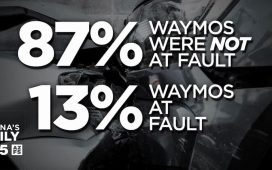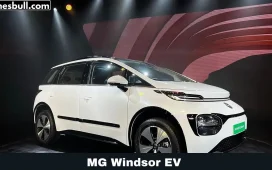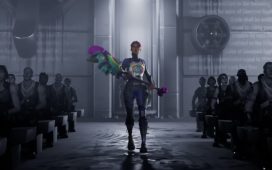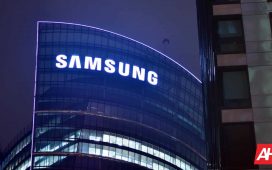By Nora Eckert
DETROIT (Reuters) -Ford Motor has killed a program to develop next-generation electrical architecture – the brain of modern cars – that its executives have called pivotal to competing with electric-vehicle pioneers such as Tesla, three sources familiar with the matter told Reuters.
Ford had invested heavily in the system, known internally as FNV4 (for fully-networked vehicle), to streamline vehicle-software functions. The goal was to cut costs, improve quality and add profitable features in both electric and gasoline-powered vehicles.
The project was abandoned because of ballooning costs and delays, the sources said.
A Ford spokesperson said the company will absorb what it learned from developing FNV4 into its current software system, and it remains focused on delivering an advanced electrical architecture with its so-called skunkworks team.
The team, based in California, is tasked with developing advanced software and affordable electric vehicles.
“We are committed to delivering fully connected vehicle experiences across our entire lineup, regardless of powertrain, while many others in the industry are bringing the most advanced tech only to electric vehicles,” the spokesperson said.
Ford CEO Jim Farley tasked Doug Field, a former Apple and Tesla executive who joined Ford in 2021, with completing FNV4. Field is one of the top earners at the company, and made $15.5 million last year.
Ford started informing a select group of employees of the decision last week through a company video, according to two people familiar with the matter. A third source said the company executives made the decision weeks ago.
Ford is refocusing its efforts on its current electrical architecture and continuing to bet on the skunkworks team, the video said.
While EV startups like Tesla and Rivian have built their own software from the ground up, legacy automakers have struggled to transform their more complicated and costly software systems, which integrate computer code from dozens of suppliers.
For example, a supplier that makes a power-operated seat for Ford typically provides and controls the code associated with its function. Multiply that by all the systems and electronics across a car, and you have a tangled mess of code that makes it difficult for the automaker to quickly deliver software updates.
Farley talked about the conundrum on the “Fully Charged” podcast in June 2023.
“We have about 150 of these modules with semiconductors all through the car,” the CEO said. “The problem is the software is all written by 150 different companies, and they don’t talk to each other. So even though it says Ford on the front, I actually have to go to (supplier) Bosch to get permission to change their seat-control software.”







